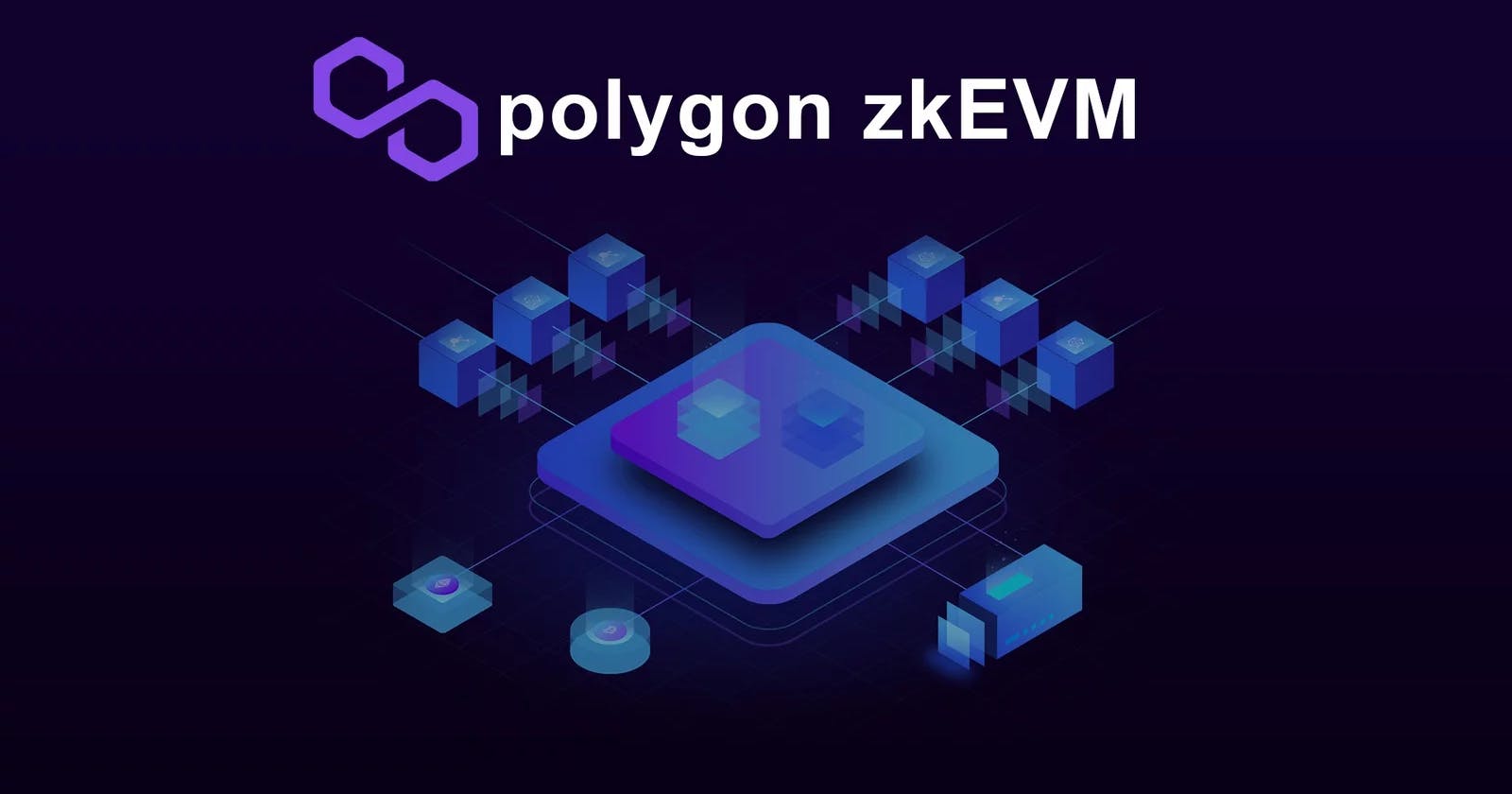Imagine making transactions in the digital realm was not only seamless but also affordable. That's precisely the promise of Polygon zkEVM, a groundbreaking Layer 2 scaling solution for Ethereum. This innovation hinges on the fascinating concept of zero-knowledge proofs (ZK proofs) and their ability to revolutionize the way transactions are processed.
What is Polygon zkEVM and How Does it Work?
Polygon zkEVM, an open-source zk-Rollup, takes Ethereum's functionality to new heights. But what does that mean? Let's break it down. Ethereum, the well-known cryptocurrency platform, often faced challenges with high transaction costs and slow processing times. Enter Polygon zkEVM, which acts like a supercharged version of Ethereum. It uses zero-knowledge proofs, a cryptographic marvel, to bundle transactions together, transforming them into a single transaction known as a "rollup." This rollup is then verified on the Ethereum mainnet.
The Magic Behind Zero-Knowledge Proofs
Zero-knowledge proofs work their magic by verifying the correctness of transactions without revealing the transaction details themselves. It's like having a secret handshake that proves you're part of the club without divulging the handshake's moves. In the case of Polygon zkEVM, these proofs ensure the security and integrity of batched transactions. This means your transactions are not only faster but also incredibly secure.
Benefits and Limitations
Polygon zkEVM offers several advantages, like reducing transaction costs and increasing performance. However, it's essential to acknowledge the limitations. For instance, it's a relatively new technology, often considered "bleeding-edge," which means there might be occasional hiccups as the system evolves. Additionally, some Ethereum Virtual Machine (EVM) opcodes, the building blocks of smart contracts, have been modified or removed, requiring developers to adapt their code.
The SELFDESTRUCT Opcodes and Its Replacement
One significant change in Polygon zkEVM is the removal of the SELFDESTRUCT opcode. In the world of Ethereum, this opcode could be exploited for malicious purposes, posing security risks. To counter this, Polygon zkEVM introduced the SENDALL opcode, ensuring contracts' security while allowing for fund transfers.
The Future of Polygon zkEVM
While there are challenges, the Ethereum community actively works to enhance Polygon zkEVM. The goal is to create a seamless experience for users, allowing assets to move effortlessly from one Layer 2 (L2) to another. As developers continue to refine this technology, the potential for faster, safer, and more cost-effective transactions on the Ethereum network becomes increasingly tangible.
Polygon zkEVM represents a significant leap forward in the world of cryptocurrencies. By harnessing the power of zero-knowledge proofs, it's paving the way for a future where digital transactions are not just efficient but also highly secure.
